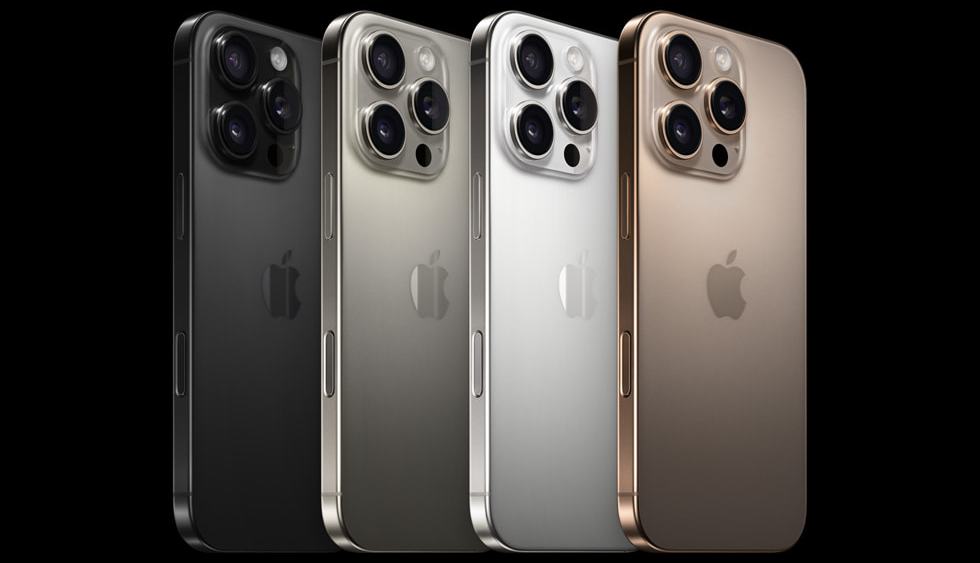Looking back, Apple’s iPhone dramatically changed the way people shop — and looking ahead, the company is poised to do it again, this time by putting artificial intelligence at the center of its mobile tech.
While consumers play with features like machine-driven proofreading, custom emojis and call transcription in iOS 18, which launched this week, brands are weighing the implications of the new “Apple Intelligence.”
Just in time for the holiday season.
You May Also Like
This timing might seem like a sprint, given the fast-approaching start of the holiday season. Then again, app developers have been working with the new tools since Apple’s Worldwide Developer Conference in June.
Now, with the September introduction of the iPhone 16, it’s clear that Apple’s most advanced smartphone to date will bring the hardware capable of powering advanced experiences.
“The iPhone’s new AI chipset is unlocking endless possibilities to how retail customers will be able to leverage new AI search using their phone — now and in the future as the technology advances,” said Angie Westbrock, chief executive officer of Standard AI, a Bay Area-based company that develops data-driven tools to help retailers in areas such as marketing, loss prevention and supply chains.
Westbrock is particularly excited about AI capabilities for vision-based retail experiences — both online and off.
“In stores, these advancements will unlock the next generation of hyper-personalization, combined with image analysis, which will enable applications like product recognition and the ability to tie together in-store experiences with more traditional app-based e-commerce,” she said.
Not that Apple is breaking new ground. In fact, it’s something of a latecomer to AI, a battlefield already filled with giants like Google, Microsoft, Meta, Amazon and more. That’s typical of Apple, though. It has earned a reputation for taking up new technologies slowly, refining them and then creating demand that reshapes mainstream behavior.
Take the arrival of the iPhone itself in 2007. It wasn’t the first smartphone, but it was the first to inspire blocks-long lines in front of Apple Stores, and it set off a fierce rivalry with Google.
These events, which pushed mobile web development and the advent of app stores, birthed the advent of mobile commerce — which, it turns out, is still growing.
According to e-commerce data analytics firm ECDB, mobile devices are expected to drive the majority of online sales this holiday season, at 53 percent, with personal care and apparel following groceries as the top categories. Phones will account for 68 percent to 77 percent of those collective sales.
How much of that will be driven by Apple’s AI updates remains to be seen, at least over the next few months. But in terms of long-term influence on beauty or fashion commerce, the experts seem bullish.
“Siri already handles the basics like telling you the time or reminding you of your tasks, but imagine if Siri could tell you it’s time to reorder your favorite beauty products because the new iPhone AI tracks how often you buy items like moisturizer or mascara, based on usage and frequency,” said Anjee Solanki, national director of retail services and practice groups in the U.S. for Colliers, a diversified professional services and investment management company.
“Soon we’ll all be relying on our iPhones for everything they can offer in the world of beauty,” she added.
What’s important to realize is that the iPhone 16, and the iOS 18 software powering it, are just the beginning, not the end of Apple’s AI bid — especially in an intensely competitive ring with Google.
Android devices have been feasting on a steady diet of computer vision, generative AI, natural language capabilities and features like circle to search, among others. In the face of that, Apple’s continued development seems assured.
This is what has Westbrock excited, and fashion should be as well. Because the sector may finally see AI deliver on some specific promises.
“Already, I’m picturing how future APIs for vision capabilities like image segmentation and visual classification will reinvent our in-person and e-commerce shopping experiences,” she said. “Imagine applications, like taking an image of a pair of jeans while out and using AI to help you find it online in your size.”
Other areas on her radar are styling and image-based search, with in-store customers seeing a garment and snapping a photo to view other options. Scenarios like that would bridge online and offline worlds, she said, and not just for shoppers, but for the retailers too.
This is where companies like Standard AI come in. The firm’s AI platform analyzes data and gives retailers a precise view of shopper behavior, product interactions and store dynamics, like real-time data on low-stock or out-of-stock products.
“[With our] ability to understand shopper behaviors and the customer journey through the physical store, the iPhone’s AI updates can bring an advanced level of personalization to in-store recommendations and marketing, all while maintaining shopper privacy,” said Westbrock, with Apple’s focus on privacy adding to the equation.
For now, it appears that retail has a few things to look forward to, whether they boost this holiday season or the next.



